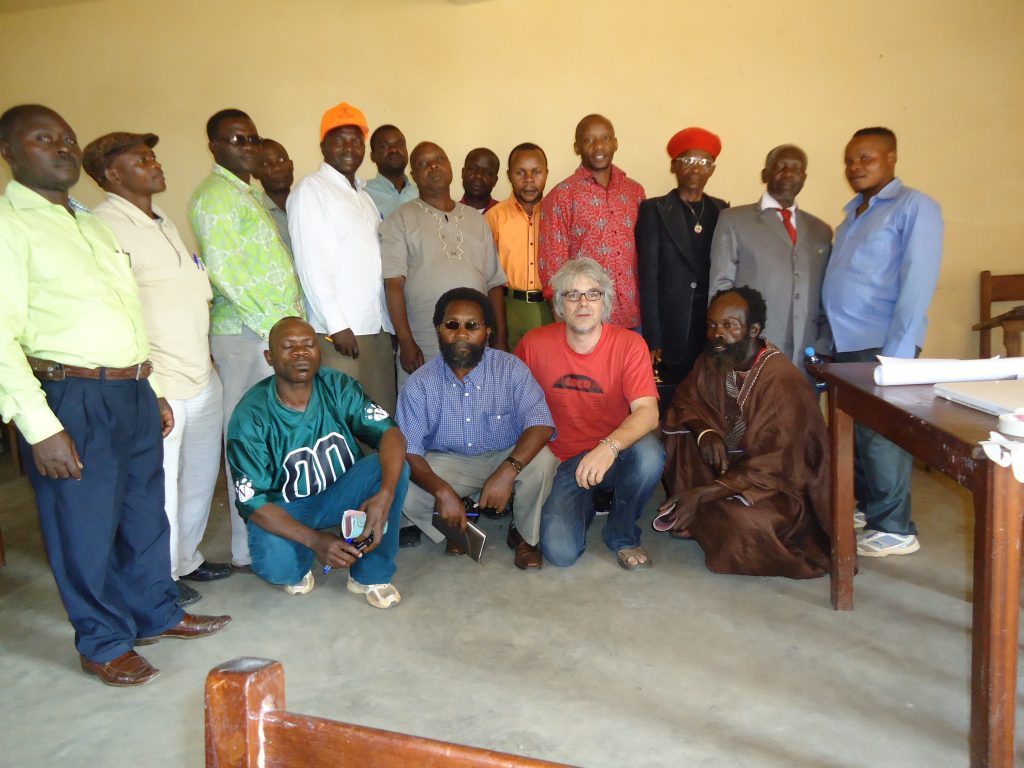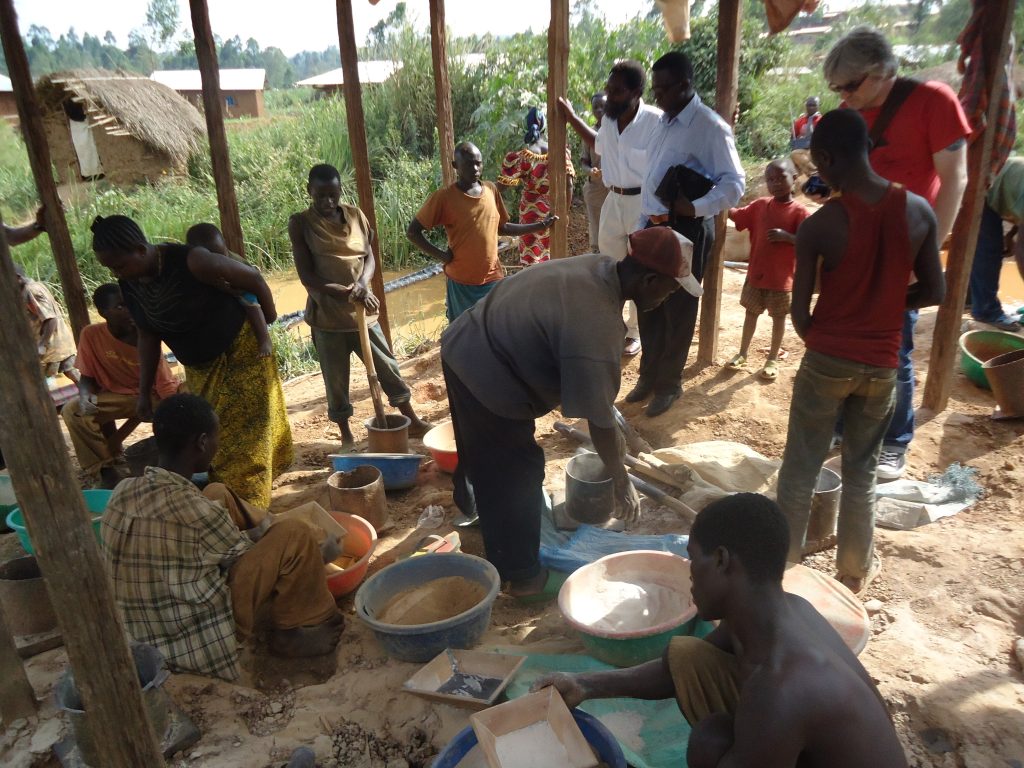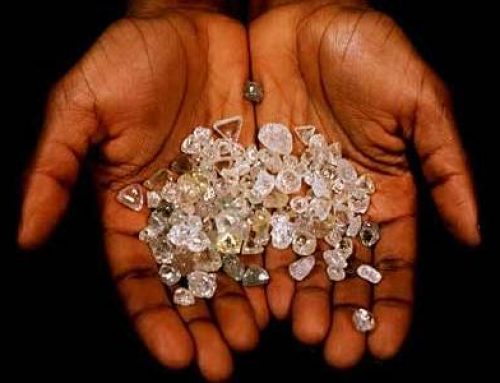In my early two posts I explored the comedy of arriving in the DRC and the real on the ground challenges the small miners face in making a living out of gold mining. In my final instalment I want to focus on the Organisation for Economic Cooperation and Developments (OECD) due diligences for removing conflict gold from the global supply chain. A process being held up as a solution to the problem.
f designated conflict minerals (Tin, Tantalum, Tungsten and Gold), that they refer to as ‘due diligences in supply chain management’ was going to lead to a reduction in the use of gold as a conflict mineral. Ostensibly because their process does not address the root causes of what, according to CRC is an ethnic conflict in which gold can easily be used to fund the violence. As if to prove this point Henri tells me that the previous evening he had received a call from a local militia leader in the bush who had ten children with two guns that he wanted to demobilise and have rehabilitated back to their families. Why this sudden act of clemency had taken place I never learned, but this is typical of the kind of work that Henri and CRC undertake all the time. Henri explains that the children will be placed with specially trained families for the first few months, while their families are contacted and prepared for their return to village life. Their weapons are then decommissioned at the UN HQ in Bunia. To take the guns to the FARDC (Congolese Army) would mean they would just be recycled back into the conflict as many soldiers sell the guns to get extra cash. Henri is very clear, children end up in the militia because they and their families are poor. Therefore they make easy targets for militia leaders looking for new recruits for a simple USD payment to the family.None of the miners have ever heard of the OECD, or transparency or supply chain management. Never mind have the ability to read a complex UN styled report written by University graduates. All they know is that they currently sell their gold to traders and its final destination is Bunia.
The OECD conflict gold process is the politically correct tragedy that is unfolding before us. If through our sense of moral outrage at the appalling conflict that has to date claimed 5.5 million lives we remove the population’s ability to earn a living in an honest fashion, then these same people are forced by necessity to militia activity or illegal smuggling to earn a daily crust. As another mining leader in North Kivu once wrote to say in response to the Enough Projects call to boycott eastern DRC minerals ‘We will die by the bullet or die of starvation’. The OECD conflict minerals process deals with the fruit, not the root of the problem. It is the band aid on the festering wound and sold to the market a cure. The root of the problem is poverty and it has created a set of recommended procedures that only corporate mining companies can afford to follow, rather than address the majority employed by the gold trade, namely the small-scale miners and their poor communities.
It is little wonder then that the vast mineral wealth of the DRC will not benefit the DRC people through this process. A UN Security Council report dated 21/6/12 highlighted that since the introduction of the measures by the OECD to stem the flow of conflict metals being smuggled into the global supply chain, the report states ‘In the eastern DRC official export figures seem to have been falling rather than increasing’. Clearly, however well intentioned the OECD Due Diligences on conflict minerals may be, at this stage smuggling is on the increase which in turn will only lead to more insecurity and violence. It is not the idea of conflict free gold that is the problem. Everyone wants that’s, none more so than the exploited miners. It is the way that corporately influenced OECD top-down guidelines have framed the solution that seems to be adding to the already highly complex problem rather than making it better. The same UN report talks about the estimated 3 tonnes of gold sold to the international market in 2010 illicitly. Uganda being the principle destination for this gold, that ends up in the Dubai refineries and eventually onto India and China. China is the world’s biggest jewellery manufacturer with several of the UK’s leading high street jewellery brands manufacturing their collections there. There is no doubt in my mind given the lack of enforceable traceability in the gold supply chain that smuggled gold that currently funds conflicts is making its way onto the high streets of the UK, EU and USA in the form of gold jewellery.
It remains to be seen if the OECD due diligences on conflict minerals will work, but what is clear at the moment is they have given the World Gold Council, London Bullion Market Association and the Responsible Jewellery Council’s corporate members another CSR badge to add to their collection.

Members of the newly formed Initiative of Artisanal small-scale miners for peace and sustainable development
The sufferings of Job that have been meted out on the people and land of the DRC remains a festering wound on the conscious of humanity. But as Job rightly said, ‘The light is very near the darkness’, and it is this light of hope that burns brightly in the aspirations of the people I have met on my trip that gives me such huge encouragement. People like Henri of CRC and the Hima and Lendu ex-combatants who agreed to form a new Association of Responsible Small scale miners for peace and justice, that demonstrates despite the huge obstacles they will face, they are not burdened down with cynicism about their future, but they are like the countless nameless and faceless majority in the DRC who want nothing more than peace and non-violence to triumph in their country. But this is the DRC and the metaphorical mountain that this fledgling Association of small miners must climb will be bigger than the literal mountain that their large–scale mining cousins blow up and crush to satisfy the greed of the so called moral stock markets and bank vaults.I for one will follow with great interest as they attempt to build their future using gold as the means to build peace not conflict.





It is impressive to see the resolve of these ‘Davids’ struggling to build a better life against the ‘Goliaths’ of the mining industry. One feels so helpless to witness such disparity and be unable to contribute any viable support. Well done, Greg, for highlighting the struggle and dark truth involved in supplying this luxury product. I am sure that the end user on the high street would have trouble justifying the purchase of any gold other than fair trade with their concience if they knew the facts.
Thanks Greg, great post
We can do less of OECD, UN, RJC, WGC and a little more of this ‘feet on ground hands on’ approach.
Cheers!
Thank you for another informative website. Where else could I get that type of information written in such a perfect way? I’ve a project that I am just now working on, and I’ve been on the look out for such information.
I have just nominated you to the Very Inspiring Blogger Award, see here for all details: http://galeriaredelius.wordpress.com/2013/03/10/very-inspiring-blogger-award/
Your blog shows us the less known side of the jewellery industry, and it’s important we learn about it!
Great reading Greg, more information like this please, so that we can continue to educate UK jewellery consumers.